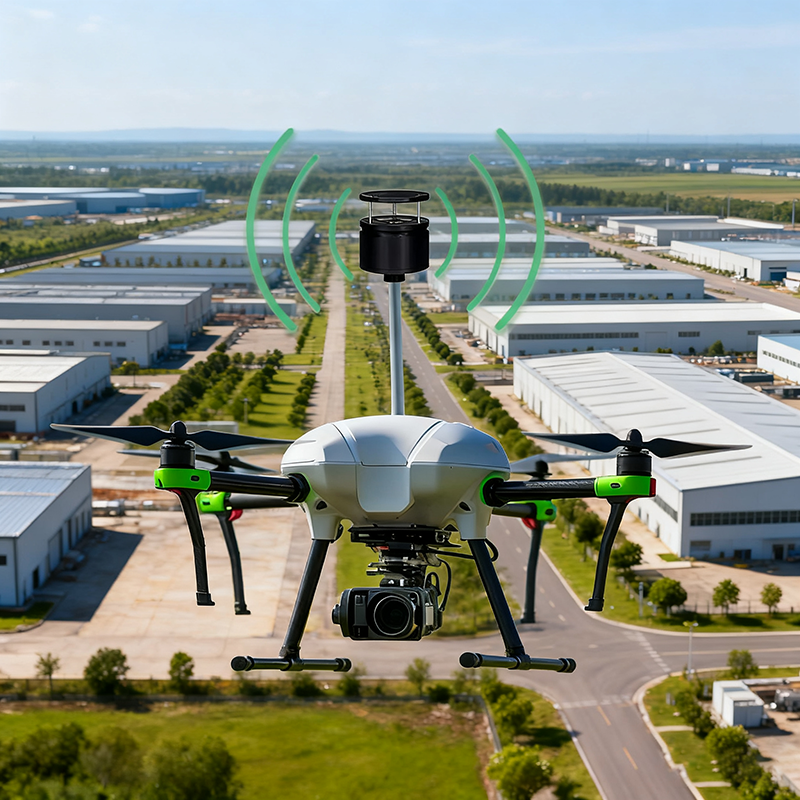With the accelerated implementation of the urban Air Mobility (UAM) concept, tens of thousands of electric vertical take-off and landing aircraft (eVTOL) and unmanned aerial vehicle (UAV) take-off and landing stations are about to be scattered throughout urban buildings and suburbs. In this new infrastructure for low-altitude economy that concerns safety, micro automatic weather stations based on industrial-grade ultrasonic weather sensors are becoming indispensable “environmental perception nerve endings” to ensure the safe takeoff and landing of aircraft.
Unlike traditional mechanical sensors that require discrete components to measure wind speed and direction, ultrasonic sensors can instantaneously and synchronously obtain key data such as three-dimensional wind speed, direction, temperature, humidity and atmospheric pressure by emitting sound waves and calculating the time difference of their propagation. This design without moving parts endows it with extremely high reliability and precision in harsh weather conditions, and it is almost maintenance-free.
For lightweight and wind-sensitive EVTOLs and drones, micro-scale meteorological conditions during takeoff and landing are of vital importance. An environmental monitoring system integrated with ultrasonic sensors can provide real-time data updates up to 10 times per second. When the system detects that the wind speed exceeds the safety threshold, the wind direction changes drastically, or there are weather phenomena that seriously affect flight safety (such as burst currents), it can immediately issue an alert to the control tower or flight control system, and even automatically trigger a delayed takeoff and landing command to avoid risks from the source.
The weather forecast at the take-off and landing site cannot rely solely on large meteorological stations several kilometers away. The “microclimate” of the station itself, such as the “duct wind” effect between buildings, is the key to determining safety. Marvin, the chief technology officer of HONDE, a provider of low-altitude economic solutions, said, “This requires the monitoring system to be a high-precision, high-frequency and robust industrial-grade device.” Ultrasonic technology perfectly meets these demands, and the real-time data it provides is the core for achieving safe and efficient scheduling.
It can be foreseen that as the “infrastructure” of the low-altitude economy, micro weather stations equipped with high-performance ultrasonic weather sensors will, like charging piles and communication networks, become a standard configuration for every take-off and landing site, safeguarding the safe take-off of the trillion-yuan low-altitude economy market.
For more weather station information, please contact Honde Technology Co., LTD.
WhatsApp: +86-15210548582
Email: info@hondetech.com
Company website: www.hondetechco.com
Post time: Sep-28-2025


